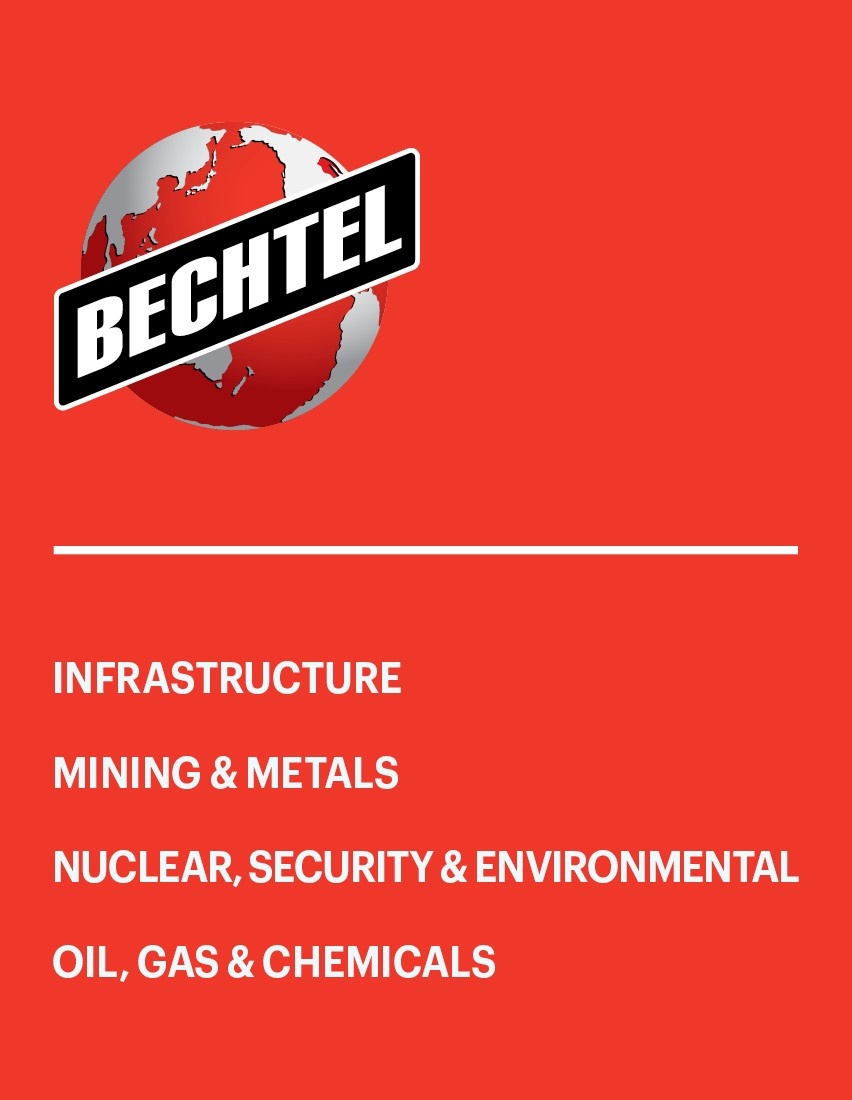Bechtel Projects Address Decades-Old Nuclear Waste
Removing environmental challenges that threaten natural resources, public health and safety, and sustainability
During World War II and throughout the Cold War, the Hanford site in Washington state housed a vast complex of nuclear reactors and processing facilities that produced plutonium for atomic weapons. The site was decommissioned in 1987 as the Cold War wound down, but the site’s nuclear and chemical excess remains a legacy. Today, 177 aging underground tanks holding 56 million gallons (212 million liters) of nuclear and chemical waste endanger the Columbia River, the largest river in the Pacific Northwest region of the United States and the country’s fourth-largest river, stretching for more than 1,200 miles (around 2,000 kilometers) to the Pacific.
The U.S. Department of Energy approached Bechtel with this environmental challenge. We are designing and building the Hanford Waste Treatment and Immobilization Plant, where a first-of-a-kind vitrification process will blend radioactive waste with glass-forming materials and heat it to 2,100ºF (1,149ºC). The molten material will be poured into stainless steel containers to cool and solidify in a glass, or vitrified, form and then stored in stainless steel canisters for permanent disposal at a federal repository. Through this technology, the waste can remain stable so that its radioactivity can safely dissipate over time.
Also at Hanford, with key industrial partners, we safely and securely removed a 1,082-ton Plutonium Recycle Test Reactor and a 1,153-ton waste vault as part of our work to protect the river corridor. The reactor was once used to recycle plutonium, and the vault held two 15,000-gallon (56,800-liter) stainless steel tanks to collect highly contaminated waste. The removal of these nuclear structures—roughly equal to the weight of six fully packed Boeing 747 airplanes—brings us one step closer to completing site cleanup.
Read more about how Bechtel is helping clean up a legacy of hazardous waste.



